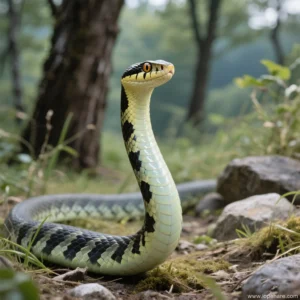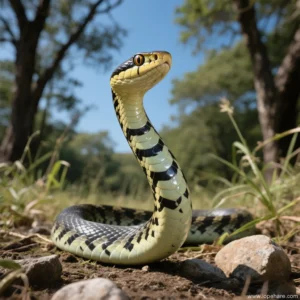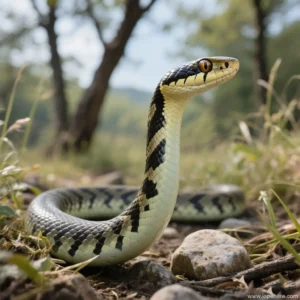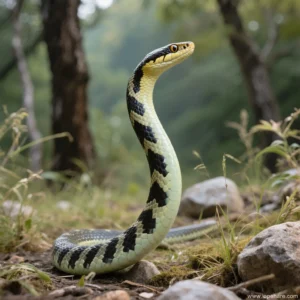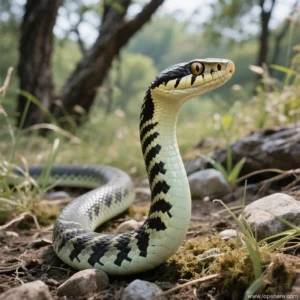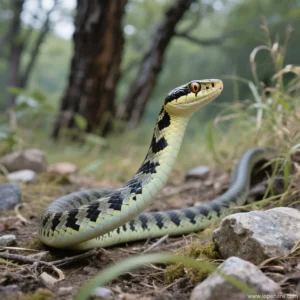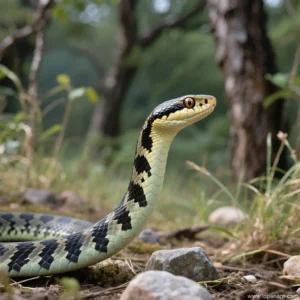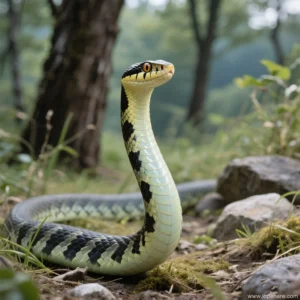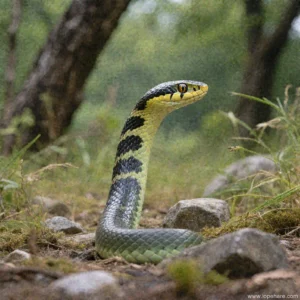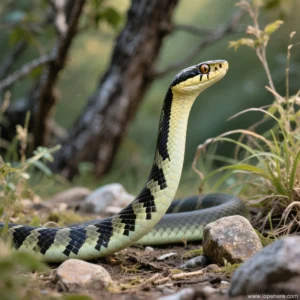Advanced Care: Enrichment Ideas to Stimulate Your Elaphe schrenckii’s Natural Behavior
As editors at lopehare, we’re dedicated to providing comprehensive and professional care knowledge for small and exotic pets. While basic husbandry for species like the Manchurian Black Ratsnake (Elaphe schrenckii) is well-documented—covering temperature, humidity, and diet—true advanced care goes beyond mere survival. It focuses on thriving. A crucial component of this is environmental enrichment, designed to stimulate the animal’s natural behaviors and psychological well-being. Simply providing food, water, and heat isn’t enough for a truly happy and healthy snake.
Understanding Elaphe schrenckii
Before discussing enrichment, it’s vital to understand the natural history of Elaphe schrenckii. These are semi-arboreal, diurnal to crepuscular snakes native to northeastern Asia. They inhabit woodlands, forests, grasslands, and even agricultural areas, spending time both on the ground and climbing low vegetation or rocks. They are active predators, hunting rodents, birds, and eggs. Understanding these behaviors—climbing, exploring, hiding, hunting—is key to providing appropriate enrichment in captivity.
Know Your Snake: Researching the specific subspecies or locality of your Elaphe schrenckii can provide even more targeted insights into their natural habits and preferred environments.
Why Enrichment Matters
Enrichment is not just a luxury; it’s essential for preventing boredom, reducing stress, and promoting physical and psychological health in captive reptiles. Lack of stimulation can lead to lethargy, loss of appetite, repetitive behaviors, and increased susceptibility to illness. By providing opportunities for natural behaviors, we contribute significantly to their welfare, ensuring they live a life that is not only long but also fulfilling.
Habitat Mimicry and Structural Enrichment
Mimicking the snake’s natural habitat within the enclosure is the foundation of effective enrichment. For Elaphe schrenckii, this means providing a complex environment that offers choices and challenges.
- Climbing Opportunities: Since they are semi-arboreal, sturdy branches, cork bark tubes positioned vertically or diagonally, and even reptile-safe plants provide crucial climbing structures. Vary the thickness and texture of climbing elements.
- Hiding Spots: Snakes need secure places to hide and feel safe. Offer multiple hides in different temperature zones of the enclosure (warm, cool, humid). Cork bark, leaf litter, and commercial reptile hides work well.
- Substrate Variation: While a standard reptile substrate might be suitable, introducing areas with different textures like cypress mulch, sphagnum moss, or even clean, reptile-safe soil encourages burrowing and exploration.
- Topography: Create uneven surfaces using rocks (ensure they are stable and cannot fall), logs, and substrate mounding. This adds complexity and stimulates movement.
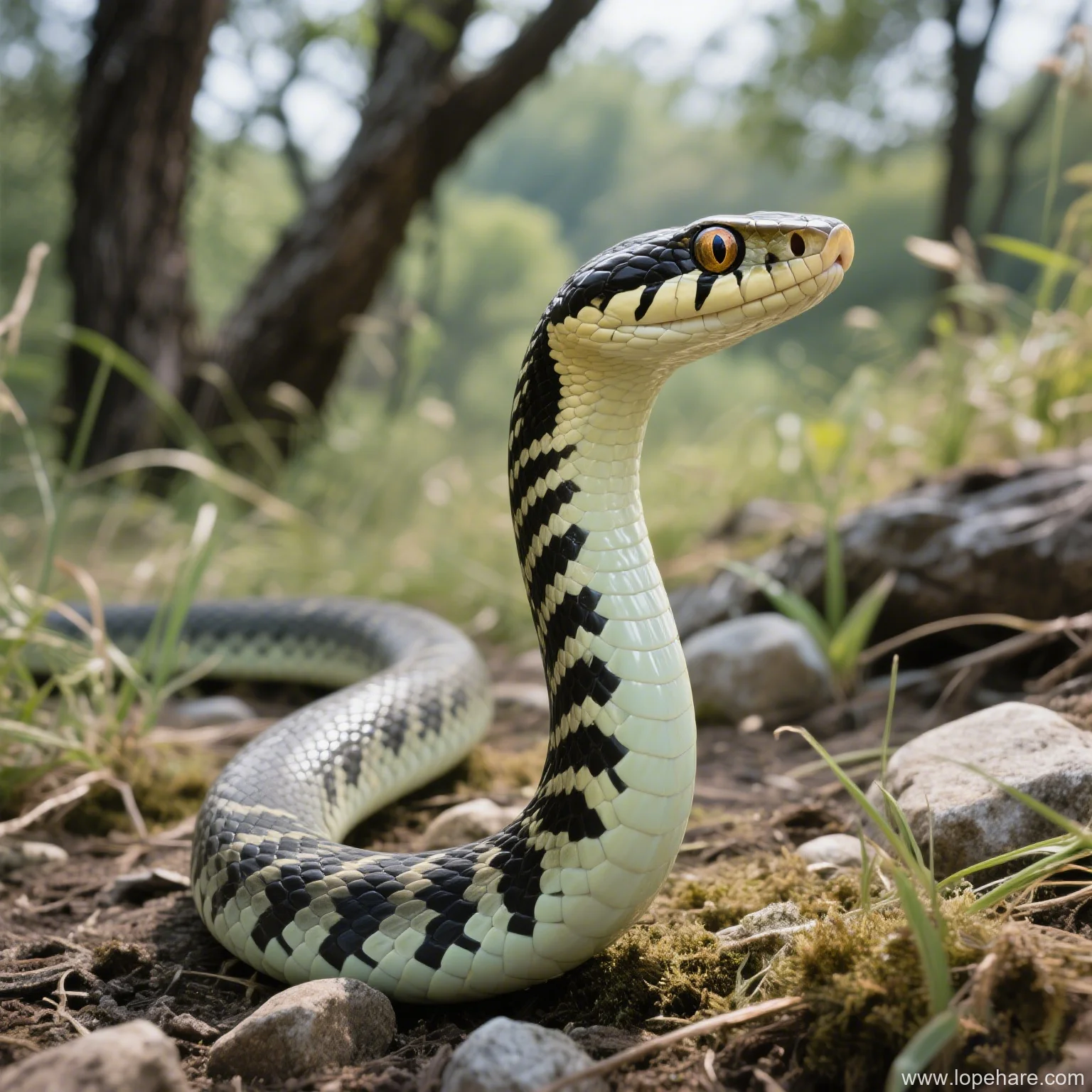
Feeding Enrichment: Making Mealtime a Hunt
In the wild, hunting is a primary activity. Simply dropping a thawed rodent into the enclosure doesn’t replicate this. Enrichment for Russian Ratsnakes during feeding can be highly stimulating:
- Scent Trails: Lightly scent an area of the enclosure away from the food item with rodent scent (easily acquired from bedding). This encourages the snake to follow a trail to find its meal.
- Hiding Food: Place the thawed rodent inside a cork bark tube, under a log, or partially buried in the substrate, forcing the snake to actively search for it.
- Moving Food (with caution): Using long tongs, gently “move” the thawed prey item to simulate live prey, allowing the snake to exhibit natural striking behavior. Be extremely careful to avoid accidentally injuring the snake or being bitten yourself.
Never Feed Live Prey: Feeding live rodents is dangerous for your snake, which can be severely injured or even killed by its prey. Enrichment should simulate the hunt, not involve live animals.
Sensory Enrichment
Snakes primarily explore their world through chemoreception (smell/taste) using their forked tongues and vomeronasal organ, and through thermoreception. Providing novel scents and thermal gradients is important.
- New Scents: Occasionally introduce novel, safe scents. This could be a piece of shed skin from another healthy, disease-free reptile (not the same species to avoid stress), a clean, natural object from a safe outdoor environment (like a dry leaf or pine cone, ensuring no pesticides), or even reptile-safe herbs placed in a corner of the enclosure.
- Thermal Variety: Beyond the basic warm and cool side, incorporate microclimates within the enclosure if possible, perhaps a slightly warmer spot under a branch or a cooler, humid hide.
Handling and Interaction Considerations
While not strictly “enrichment” in the same way as environmental changes, positive, low-stress handling can be a form of interaction. However, not all snakes enjoy being handled, and it should never be forced. When handling:
- Approach calmly and predictably.
- Support the snake’s body adequately.
- Keep sessions short and observe for signs of stress (frequent gaping, tail rattling, attempting to escape forcefully).
- Consider allowing the snake to voluntarily explore a safe, reptile-proofed room under strict supervision. This provides novel stimuli and space beyond the enclosure.
Implementing and Monitoring Enrichment
When introducing new enrichment items or strategies, do so gradually. Observe your snake’s reaction. Some individuals may be shy initially. Not every snake will utilize every enrichment item. The key is providing choices. Rotate items periodically to keep the environment stimulating. What works for one snake may not work for another. Monitoring includes:
- Observing how the snake interacts with the new items.
- Checking for signs of stress or fear.
- Ensuring the enclosure parameters (temperature, humidity) are not negatively impacted by new items.
- Checking that all items are secure and cannot injure the snake.
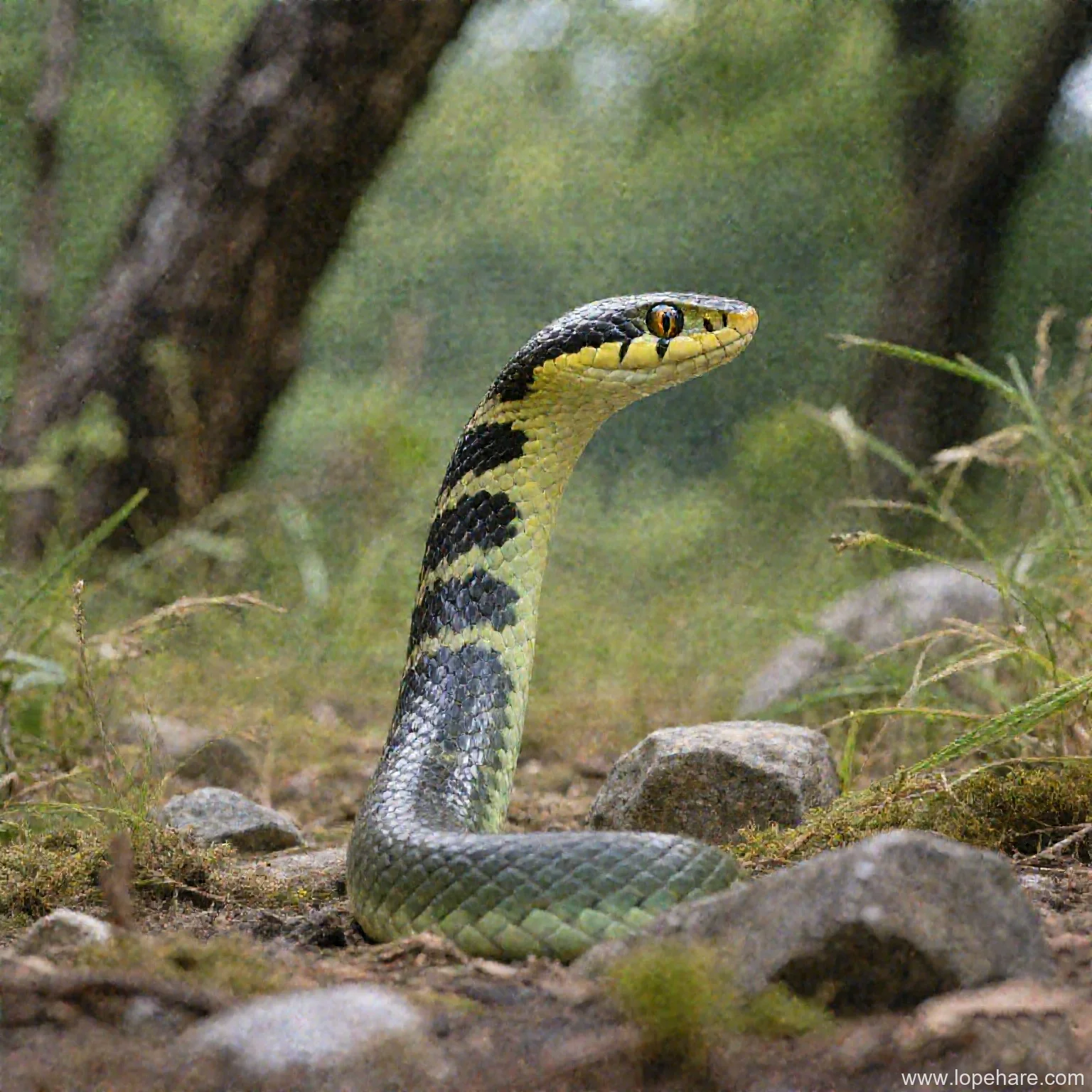
Implementing thoughtful enrichment is an ongoing process. It requires understanding your snake’s natural history and observing its individual personality and preferences. Simple additions like a new branch, a rearranged hide, or a slightly different feeding method can make a significant difference in their quality of life.
According to resources like Wikipedia, the *Elaphe* genus, including *Elaphe schrenckii*, are known for their adaptability but still benefit greatly from complex environments that allow them to perform natural locomotive and exploratory behaviors in captivity [1].
Conclusion: A Fulfilling Life
For dedicated keepers of Elaphe schrenckii, moving beyond basic care to incorporate consistent, well-planned enrichment is the mark of advanced husbandry. It allows these intelligent and active snakes to express their natural behaviors, contributing to their physical health and psychological well-being. While it requires extra effort and creativity, the reward of seeing your snake actively exploring, hunting, and utilizing its environment is immense and truly reflects the lopehare commitment to helping small and exotic pets not just survive, but thrive.

By investing time in understanding your snake’s needs and providing a stimulating environment, you are ensuring a richer, more fulfilling life for your *Elaphe schrenckii*. This proactive approach minimizes stress and prevents many common issues associated with insufficient captive environments.
Need More Snake Care Tips? Visit our comprehensive snake pet care section on lopehare.com for detailed guides on setup, feeding, health, and more, specific to various snake species, including insights relevant to stimulating natural behaviors in Elaphe schrenckii.
References:
[1] Wikipedia. “Elaphe“. Accessed [Current Date, e.g., May 29, 2024].
